Even though lettuce that you buy from the supermarket is rich in vitamins, minerals, and nutrients, the lettuce you grow at home will have a far superior flavour.
Lettuce is a quick salad crop and is usually harvested within a few weeks of planting the first seeds. It is one of the few vegetables that can be grown as easily in containers as it is in the ground.
Through this article, we’ll guide you through the basic requirements and care tips on how to grow lettuce at home in India. Let’s start with some points that you should keep in mind while growing lettuce at home.
- Season - February-April; September-November
- Germination Temperature - 7°C - 27°C
- Sunlight - First 2 weeks - 5-6 hours;
- After 3 weeks - 8 hours;
- Winters - 6-7 hours
- Types of Containers - Clay, wood, terracotta, wheelbarrows, discarded barrels, window boxes
- Soil - Loamy, well-drained loose soil
- Water - Summer - Twice a day; Winter - When needed
- Pests - Caterpillars, Worms, Aphids, Maggots, Beetles, etc.
- Diseases - Mildew, Leaf Spot, Rot, Yellow Spots, etc.
- Companion Plants - Thyme, Oregano, Basil, Tomatoes, Peppers, Broccoli, Cabbage
- Types of Lettuce - Iceberg, Romaine, Lollo Red
Soil Prep for Growing Lettuce at Home

To get the best yield out of home-grown plants, you need to make sure that the potting mix you use to plant seeds is rich in all the essential nutrients. AllThatGrows always recommends using organic compost for your plants. Always strive to achieve a pH level of 6.0 to 7.0 for the soil.
An ideal potting mix should be a perfect blend of fertile soil and vermicompost. If you are growing lettuce in pots, you can also mix equal parts of any natural compost such as dry leaves or grass, food scraps, etc. with perlite to make the potting mix.
Growing Lettuce at Home

Now, we know that you can grow lettuce by sowing the seeds. This method allows you to choose from a variety of different seeds. The yield from the plant is guaranteed as long as you take care of it well.
At this stage, you should be all set to sow the seeds. So, let’s discuss the process of growing lettuce by sowing seeds.
- First, prepare the potting mix. If you are planting directly in the ground, then just add vermicompost to the fertile soil. If you are using containers, then fill the containers with potting mix, leaving 1 inch of space from the rim.
- Next, sprinkle the seeds 1 inch apart and cover with a thin layer of potting mix. Make sure that the place your garden is situated in gets an adequate amount of sunlight for the seeds to germinate.
- Spray just enough water to moisten the soil. But, don’t make it wet. Pouring too much water will not let the roots grow and expand to their full potential.
- Lettuce seeds usually take 7-10 days to germinate. During the germination process, make sure that your plants are getting the right amount of sunlight, the soil is consistently moist, and the temperature is maintained between 18°C to 22°C.
- Once the seeds have germinated, they will turn into small seedlings with 2-3 tiny leaves. This is the right time to thin them out. Thinning simply means trimming a few plants so that the others get room to grow.
At this stage, you can either continue the growth process or you can transplant your crop into a different container or into the ground. If you do decide to transplant the seedlings, there are a few things that you need to do to prepare the plants for transplanting.
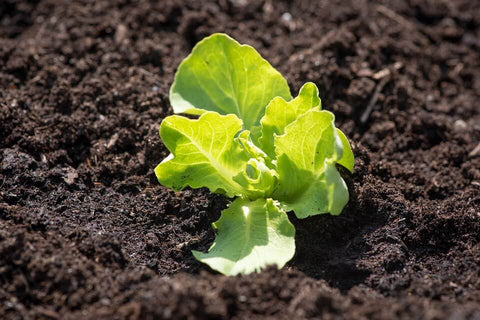
-
Reduce watering the saplings by 20% from Day 15 onwards. Continue to reduce watering until 48 hours before the day of the transplant. Two days before you have to transplant, complete stop watering the plants.
-
Before you transplant the seedlings, water them really well so they can stock up on water.
-
It is recommended to transplant the seedlings 21-25 days from the day of sowing. The most appropriate time of the day that is suggested for the transplanting process is around early evenings (post 4 PM). This will increase the chances of survival for the lettuce without making it limp.
-
It would be a good idea to mulch your well-manured soil beds with a dry straw before transplanting. Make sure that you create a gap in the straw to prevent contact with the transplanted saplings.
-
Scoop out a handful of soil from the bed and put in some manure before transplanting the seedling in. This will ensure that the plant retains the water in the roots without soaking the leaves excessively.
-
Cover your plants with a shade cover for the initial 5-6 days after the transplanting process is complete. This helps the saplings recover faster from the procedure and make them look healthy again.
-
The lettuce plants will continue to grow well after they recover completely. In case, at this stage, caterpillars and grasshoppers create a problem, you can spray the plants with a simple home-made remedy. Dilute neem oil or cow urine with some water and just spray it on the plants whenever the pests cause problems.
Your lettuce plants should be feeling right at home at this stage. It’s now time to focus on fertilization. With lettuce, the right fertilizer is very important since this can lead to better produce. It is advisable to fertilize lettuce plants once they grow 3-4 inches and stand firmly in the soil. Your organic household waste like vegetable or fruit scraps would make the best fertilizer for the plants. Apply the fertilizer at least once a week for 3-4 weeks.
The harvesting may depend upon the climatic conditions in your area and the variety of seeds that you are using. Usually, after 6-8 weeks of planting the seeds, you would be able to harvest the delicious goodness of your lettuce plants.
Harvesting Lettuce
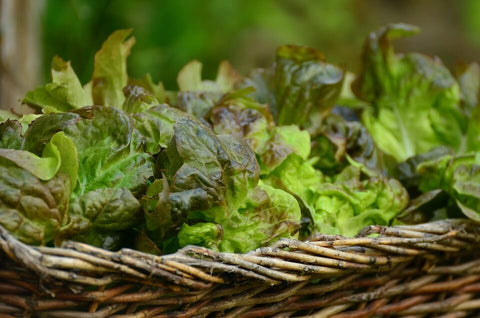
Lettuce is a ‘cut and come again’ plant when it comes to harvesting. This simply means that if you plant lettuce once, you can harvest it multiple times. Let’s take a look at how you can harvest the lettuce that you have spent weeks nurturing with love and care.
- Always harvest lettuce during the early hours of the morning. The leaves would be more fresh and crisp during this time.
- If you can’t harvest in the morning, you can always do it in the evening as well. But, before you head out to your garden with your harvesting tools, water the plants and wait 15-20 minutes.
- The perfect time to harvest the lettuce leaves is when they grow up to 4-6 inches. You can also harvest young leaves which give a great flavour to salads.
- To promote regrowth while harvesting, pick the outer leaves. If you are using scissors to cut, chop off 1 inch above the base of the leaf.
- To keep the lettuce leaves fresh and crispy, wash them just before use so they don’t go limp.
AllThatGrows strongly believes in consuming the freshest of produce. So here are a couple of useful tips for storing and consuming the yummy lettuce leaves that you have grown in your own garden.
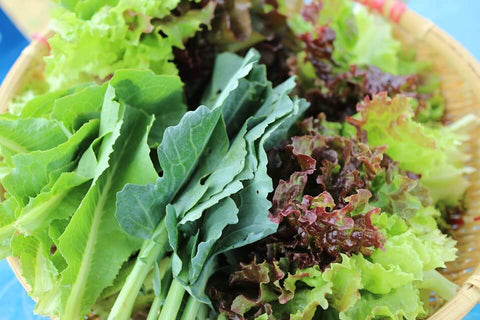
-
Storing green leafy vegetables like lettuce is always tricky. There is always a possibility that the crisp-looking leaves will lose their freshness.
-
However, if you still want to store lettuce leaves, wrap them in a dry newspaper or paper towels and store them in the freezer.
-
Lettuce stored in the freezer will remain fresh for at least a couple of weeks.
-
If your lettuce leaves have developed a bitter taste, you can keep them in the refrigerator for a day to rid them of the bitterness.
See! That wasn’t so hard. Now you know all there is to know about growing lettuce at home in India. Go ahead! Grow your own little garden with yummy vegetables, herbs, fruits or whatever else you like. We would love to hear about your gardening stories. But, make sure you get the best quality seeds from AllThatGrows.


 Sign In
Sign In



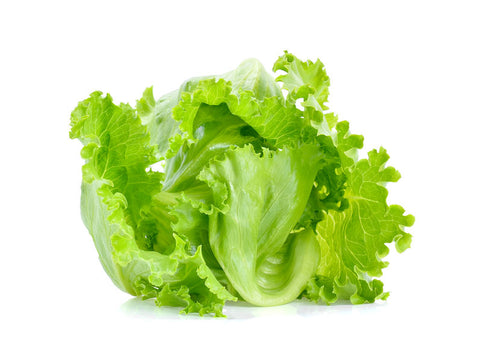
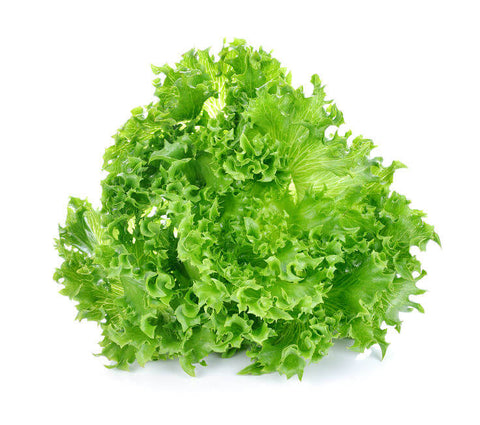
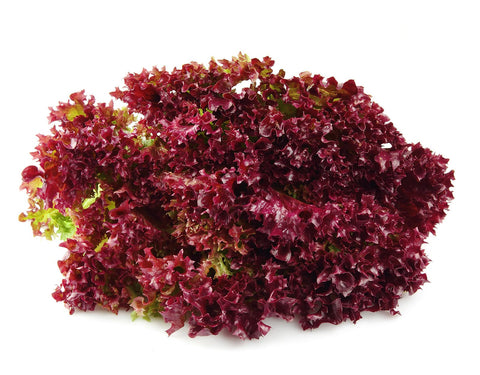
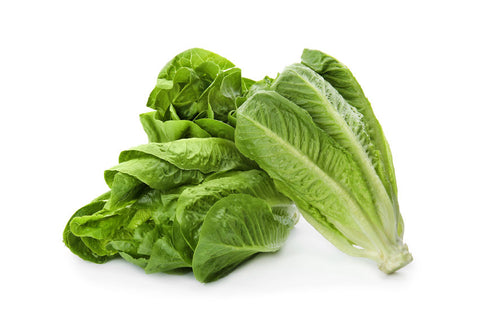
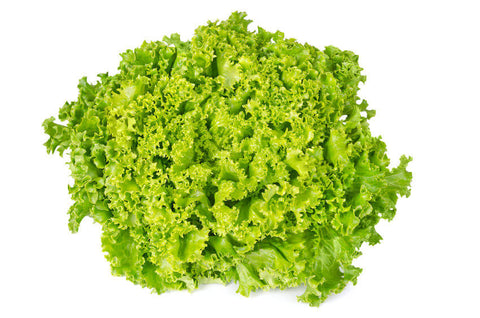
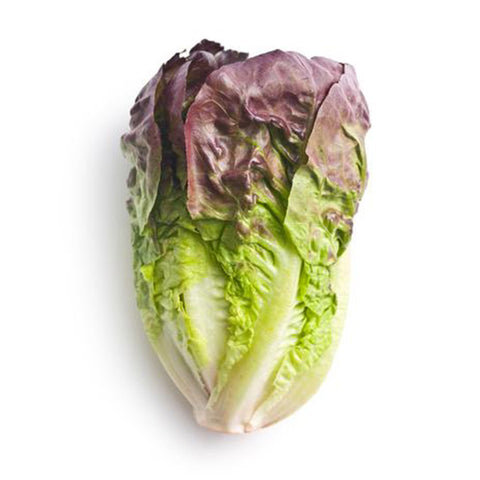






Comments
VERY NICE INFORMATION